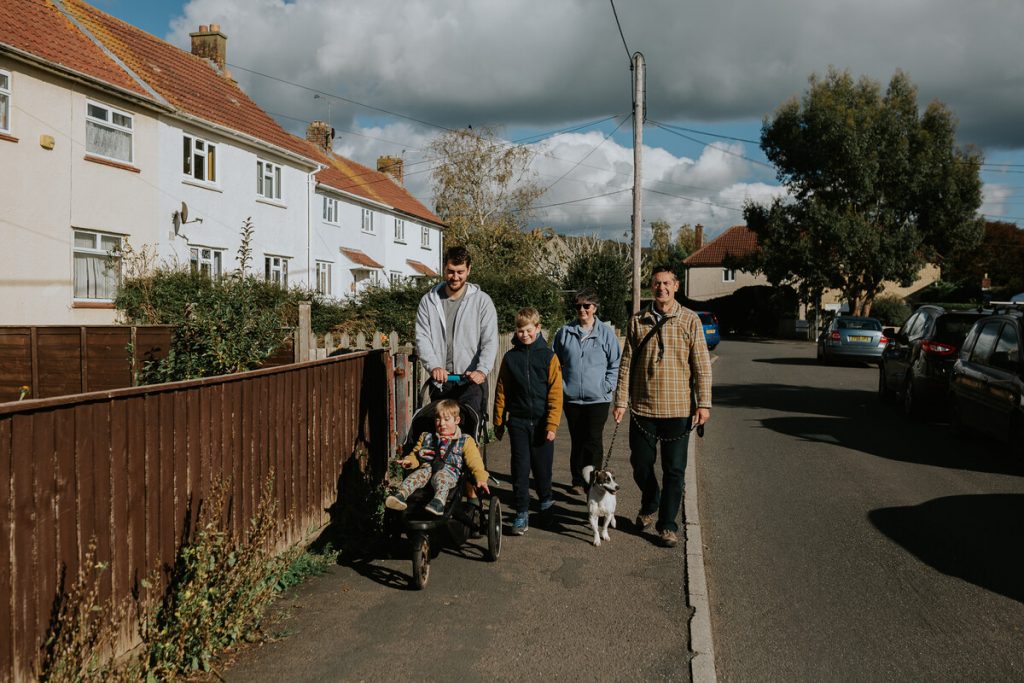Government planning proposals

New Government proposals would dramatically increase Gloucestershire housing
The Government is proposing radical new changes to the planning system which would dramatically increase the number of new houses in Gloucestershire.
Local authorities are required to use a Standard Methodology set out by the Government to determine the amount of new housing that will be needed in their area. The Government’s target is for 300,000 new homes to be built per year across England.
The Government is proposing such far-reaching changes to their new proposed methodology for calculating the number of houses required, that in some areas of Gloucestershire, there would be an 150% increase of houses to be planned for.
Required housing delivery: dwellings per annum
| Current Standard Methodology | Proposed New Standard Methodology | Percentage Change | |
| Gloucestershire (total) | 3245 | 4747 | +46%* |
| Cheltenham Borough | 531 | 529 | -0.4% |
| Cotswold District | 487 | 1209 | +148% |
| Forest of Dean District | 370 | 608 | +64% |
| City of Gloucester | 658 | 578 | -12% |
| Stroud District | 635 | 786 | +24% |
| Tewkesbury Borough | 564 | 1037 | +84% |
We found that the proposed new methodology would increase housing numbers in the county far beyond what is genuinely needed. We believe that the methodology would lead to more housing being built in the countryside on poorly located, car-dependent sites, failing to deliver sufficient affordable housing or to address climate change.
How are these figures calculated?
Both methods of determining housing needs are based on the Office for National Statistics (ONS) projections of population growth and the number of homes that will be required. Under the current method, ONS projections from 2014 are being used. To these an ‘affordability adjustment’ is then added to calculate local housing requirements on the basis that the higher house prices are relative to earnings the greater is the need for additional housing.
Under the proposed new method, the calculation would be based on the 2018 ONS projections which in general are lower than those for 2014. The method would also take into account the existing housing stock numbers. The ‘affordability adjustment’ would be amended to account for changes in affordability over the last ten years, which results in those areas with the steepest house price rises since the recession in 2009 getting the highest adjustment whether or not this is the best place for that housing.
What this means for Gloucestershire
- For Gloucestershire as a whole, the new housing requirement is 80% above the baseline figures derived from the ONS projections.
- The figures for Cotswold District are particularly alarming as 80% of the District lies within the Cotswold AONB and there are comparatively few local opportunities for employment. Across the District, and particularly within the AONB, the need is for local jobs and affordable housing and not more homes for people working outside the area or more second homes. The same can be said for the Forest of Dean.
- The Tewkesbury figures are equally alarming for another reason. Under the Joint Core Strategy, the Borough has provided the lion’s share of the housing needs for Gloucester and Cheltenham which have constrained boundaries meaning that houses had to be built on our Green Belt. Further loss of our Green Belt should be avoided.
Planning for People
The English planning system is under review. This video explains the issues and loopholes that lie in the current (and proposed) planning policy. It describes how we’d like to shape it to work for local people and the countryside, rather than to profit developers.

The Six Tests for Planning
CPRE has joined other leading charities including RSPB and the Wildlife Trusts to release six tests that new planning rules in the Government’s upcoming planning bill must pass to put people and nature first.
The six tests provide a scorecard that uses the government’s own wording, from its Planning White Paper, to critically assess whether its vision for planning will become a reality in the Planning Bill.
Passing these tests would mean that the plans laid out in the government’s future planning bill make for the nature-friendly, low-carbon, well-designed, affordable homes and places of the future that nature and people deserve.

Vision for Planning
On 14th January 2021, CPRE and 17 other organisations launched our Vision for Planning – a vision for a gold-standard planning system.
A broad range of housing, planning, transport, environmental, heritage, built environment and public health organisations have come together to set out a shared vision for planning and our suggestions for how the government can maximise the fantastic potential of planning.
What can you do to take action?
Write to your MP
Donate to us as we continue our campaigning to ensure that the Gloucestershire countryside isn’t lost to swathes of tarmac and concrete because of a methodology that isn’t fit for purpose.
The more detailed report of the impact of the new methodology which we commissioned is below, as well as a summary report.
CPRE Gloucestershire worked with national CPRE on a response to the Planning White Paper. Read the full response below.




